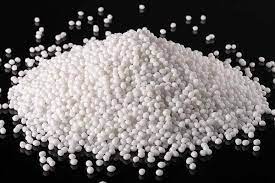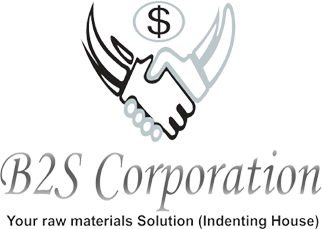B2S Corporation
Proudct
PP Injection

PP (Polypropylene) Injection refers to the process of injecting molten polypropylene into a mold cavity to produce various plastic products. Here is some information about the content and characteristics of PP Injection:
- Polypropylene (PP): PP is a thermoplastic polymer that belongs to the polyolefin family. It is derived from propylene monomer and is known for its excellent balance of properties, including high impact strength, chemical resistance, and heat resistance.
- Molecular Structure: PP has a linear molecular structure composed of repeating propylene monomer units. The polymerization of propylene results in a semi-crystalline polymer with a high degree of regularity in its molecular chains.
- Density: PP has a relatively low density, making it lightweight and suitable for applications where weight reduction is desired. The density of PP typically ranges from 0.89 to 0.91 g/cm³.
- Melting Point: PP has a relatively high melting point compared to other commodity plastics. It has a melting point in the range of 160 to 175 degrees Celsius, depending on the specific grade of PP.
- Flexibility and Toughness: PP exhibits a good balance of flexibility and toughness. It is a semi-rigid polymer that can withstand impact and deformation without breaking or cracking. The level of flexibility can be tailored by modifying the molecular structure and adding impact modifiers if required.
- Chemical Resistance: PP is resistant to many chemicals, acids, and bases. It has good resistance to water, oils, and solvents. This chemical resistance makes it suitable for a wide range of applications, including those involving contact with various chemicals or corrosive substances.
- Heat Resistance: PP has good heat resistance, allowing it to withstand high temperatures without significant deformation or degradation. It has a heat deflection temperature (HDT) of around 100 to 120 degrees Celsius, depending on the specific grade.
- Processability: PP is widely used in injection molding due to its excellent processability. It has a relatively low melt viscosity, which allows for fast and efficient filling of mold cavities during the injection molding process. PP can be processed on a wide range of injection molding machines, enabling high production rates and cost-effective manufacturing.
- Applications: PP injection is used to produce a wide range of products across industries. Some common applications include:
